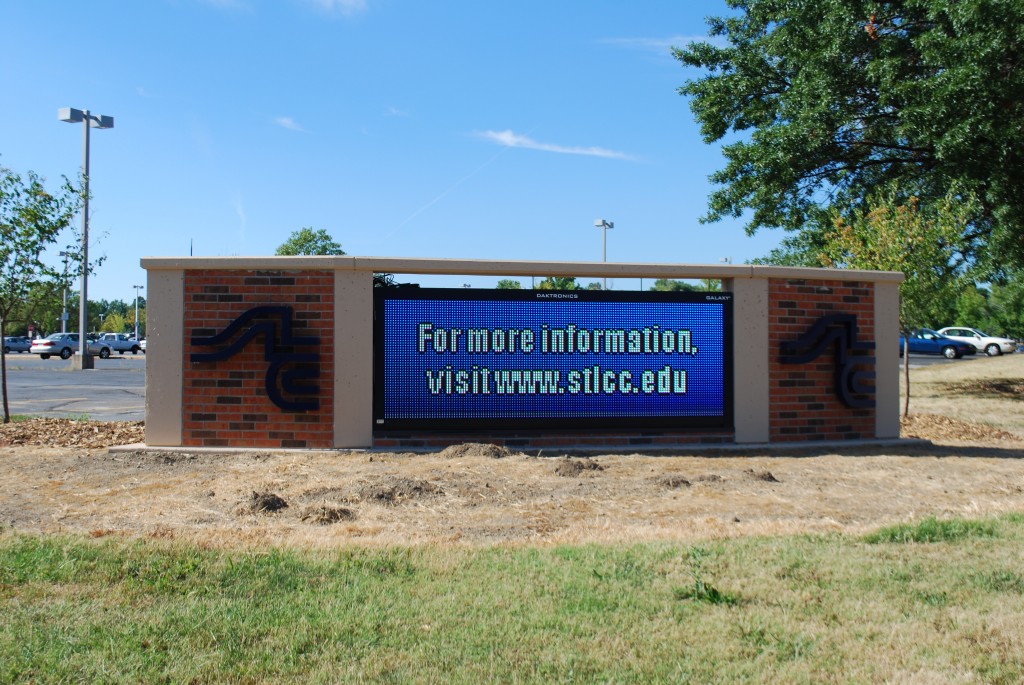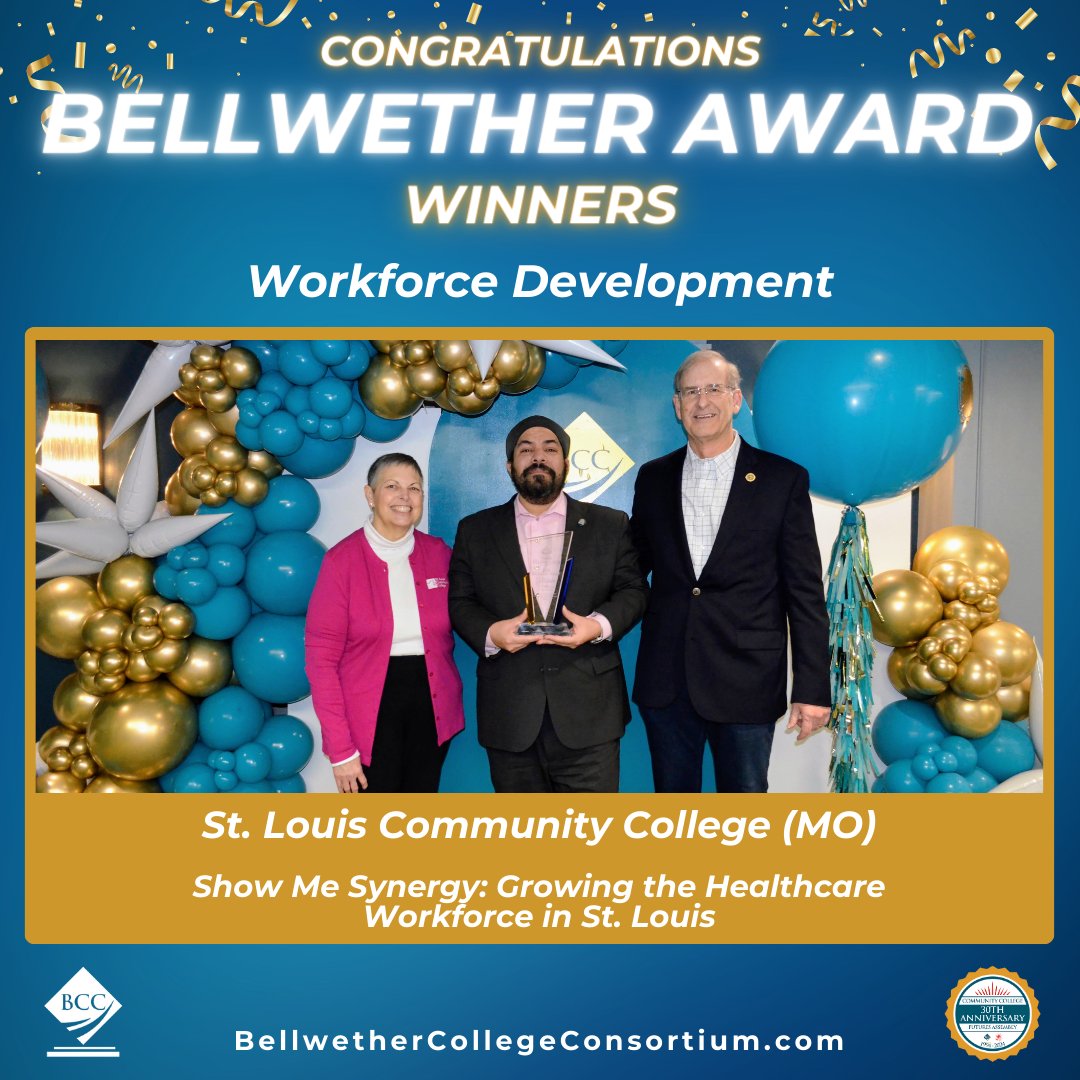Meramec’s new digital sign up and running in time for Fall 2013 semester
 By: MALAIKA TOLFORD
By: MALAIKA TOLFORD
Staff Writer
In the last few decades educational institutions from pre-schools to universities have opted for digital signs. The new signs not only identify campus location and property, but also provide a message board that informs students and community members alike. Digital signs can be used to inform students and neighbors of the school of anything from bake sales to emergency closures and security alerts.
Many communications researchers consider digital signs to land somewhere between mass media and personal communication devices. In the context of the university or college, a digital sign is a changeable message board that targets citizens and students that are used to increased connection and communication.
After five years of planning, STLCC-Meramec has unveiled its new digital sign at the prominent corner of S. Geyer and Big Bend. The project’s costs include just under $25,000 for the electronic sign, and $36,000 for the monument feature that holds the sign. That cost includes the cost of removing the old sign and several trees, as well as redirecting electrical sources.
Meramec’s new sign features prominently at the southeast corner of the college campus. The well-lit message board is clearly visible to northbound traffic on S. Geyer, as well as westbound traffic on Big Bend. Vehicle passengers and pedestrians alike will be able to catch a glimpse of the sign in passing. If stopped at a red light, a driver may see most of the sign’s 10-second messages.
“It gives us another way to communicate with the community and say that we’re here,” Campus Public Information and Marketing Coordinator Toni Oplt said. “There are literally hundreds of these signs out there now. They’re everywhere.”
Vernon Kays, dean of business and communications, piloted the project when it officially began in January 2011. Since then, he has worked closely with Kirkwood City officials and STLCC to determine the sign’s dimensions and architectural style. Kays said the college’s design was approved by Kirkwood in October 2012, and now, almost a year later, the sign is up and running.
“Now we’re just trying to finish it up, in terms of making sure that the city of Kirkwood likes it and getting the horticulture design around it. But it’s functioning,” Kays said.
In this age of electronic communication, the city of Kirkwood has decided to restrict sign content for traffic safety issues. For example, text must be simple and each message must stay up for 10 seconds. There must be straight change from one message to the next without fade-outs or distracting animation.
Oplt said this provides a unique challenge “to create passages that are clear and informative, but that are very, very short.” Oplt has a message priority system in place to keep information current and engaging to students and members of the community, she said.
Registration and financial aid deadlines and other messages that are critical to student success will be the number one priority. Special events such as art openings and performances that engage both the community and the college would be second priority. Day of events such as the annual pottery sale would fit within the third tier of priorities.
“There’s no limit to how many things you can put on the sign, but we thought we’d keep it around five for each day and then switch them in and out,” Oplt said.
Some community members and students may find the sign aesthetically objectionable. Two new saplings flank the sign, and four small shrubs planted behind the sign barely peer over it. While Oplt manages content policy, Kays reminds us that it is still a work in progress, and will continue to work with Kirkwood to continue to develop this critical corner of campus.











